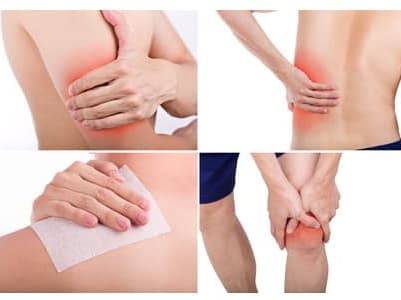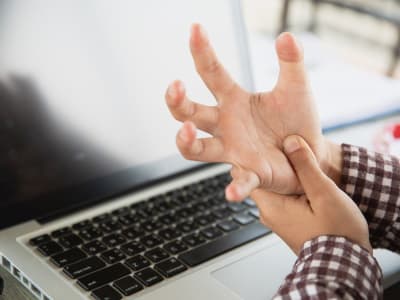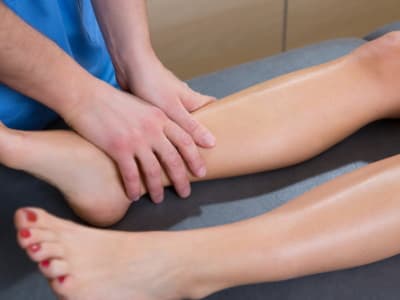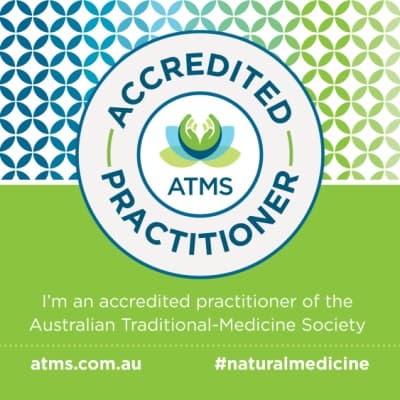
Dry Needling and Remedial Massage
An Effective Combination
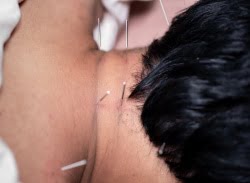
Dry needling (DN) is becoming more and more widely used in Australia and around the world. As more and more manual therapists use it, clients also become more aware of it.
If you have not tried it you might be missing out on something that could make a big difference. However not everybody likes it or experiences benefits from it. As with every other manual therapy the outcome depends on the therapist and the complaint it is used for.
For those who appreciate more information before trying something new, we subsequently answer here the most common questions people might have:
Is Dry Needling the same as Acupuncture?
The common assumption is that dry needling is the same as acupuncture but the only thing that these two techniques have in common are the very thin needles that are used.
The acupuncturist uses them to needle his patient according to traditional Chinese or Japanese meridian theory that endeavours to unblock congested energy flow to heal the body from a wide range of health complaints.
However, dry needling is used to improve soft tissue including muscles. Most therapists use it to switch off the pain response of trigger points and / or release muscular tension.
“Dry” is opposed to “wet” needling, where the latter injects a liquid painkiller into a trigger point. This method was used when doctors started treating these painful spots in 1942. Decades later, research showed that the painkiller did not make any difference to the myofascial pain.
How does Dry Needling Work?
Why does a thin needle put into a muscle makes any difference to that tissue?
So far, there are only theories and observations about how this therapy works. Some findings suggest that the effects of needling are primarily due to mechanical stimulation of muscular tissues which results in increased blood flow or stimulation of sensory nerves.
A common finding when using fine needles is the phenomenon of the “needle grasp,” which has been attributed to muscle fibres contracting around the needle and holding it tightly in place. While the needle is moved up and down, rotated or removed, or even left in place for longer, it also creates measurable changes in connective tissue architecture, due to winding of connective tissue and creation of a tight mechanical coupling between needle and tissue.
It was found that even small amounts of needle movement caused pulling of collagen fibres towards the needle and initiated specific changes in fibroblasts further away from the needle. The fibroblasts responded by changing shape from a rounded appearance to a more spindle-like shape. The transduction of the mechanical signal into fibroblasts can lead to a wide variety of cellular and extracellular events.
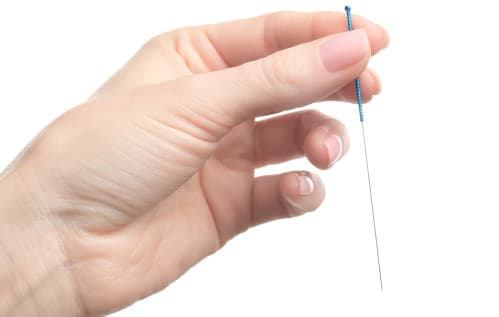
Is Dry Needling Effective?
Needle insertion has been shown to help relax muscle tension and reduce muscle soreness. This in turn reduces pain levels, increases range of motion and softens scar tissue.
As with every natural therapy, there are limited studies that prove effectiveness. But this is a problem with bodywork therapies in general. Everyone’s body, pain responses, and causes of pain are unique and not measurable. The best things is always to try it for yourself to see if it is helpful for you and your unique situation.
Our massage therapist, Barbara, experienced remarkable results when needling her own body and many clients can immediately feel a difference after their treatment. Even if it is more uncomfortable than a deep tissue massage, clients accept some discomfort for the difference it makes to their condition.
Dry Needling at ToThePoint Massage
At ToThePoint Massage, we believe that not every muscular problem benefits from dry needling but most do. Our treatments have become much more effective since we started incorporating DN when treating common complaints like decreased range of motion, stiffness, shortened muscles, cramps, trapped nerves, and chronic pain.
Before we put needles into your body, we first examine the state of your soft tissues by massaging that area. We aim to use the least amount of needles necessary to make you feel better. But we have to admit that most problems our clients represent with have been building up over years or decades and it often takes some patience on the client's part before they can be reversed.
As with our massage we have also found our own style regarding dry needling which we deem to be the most effective.
